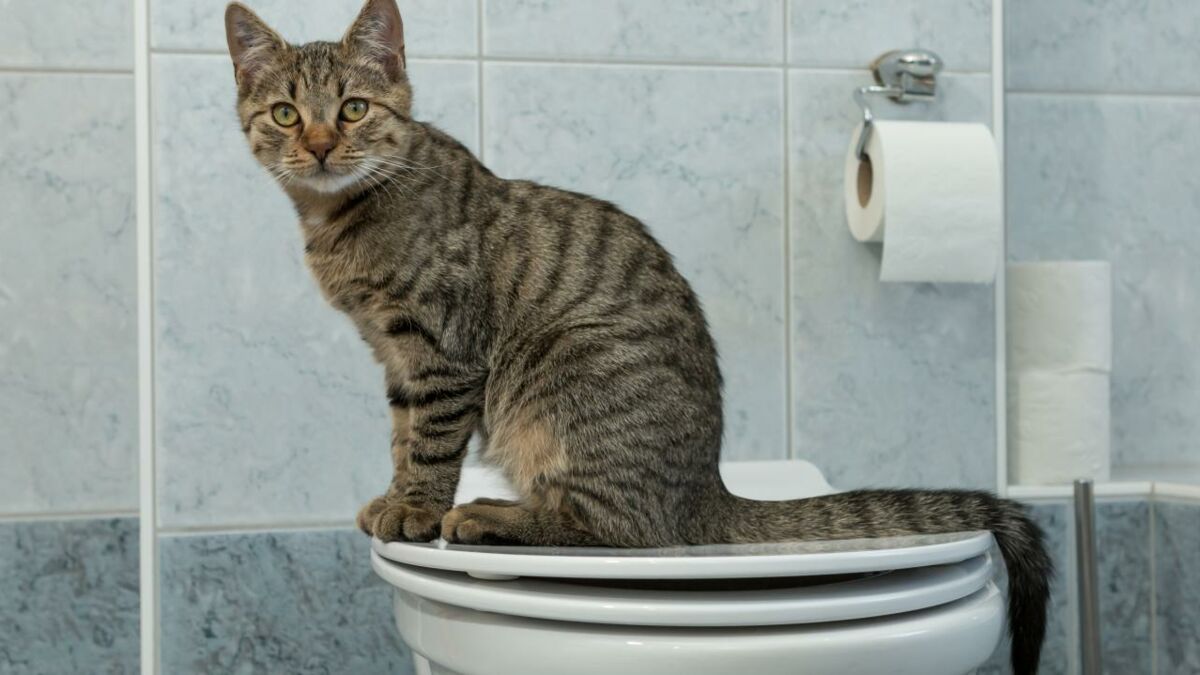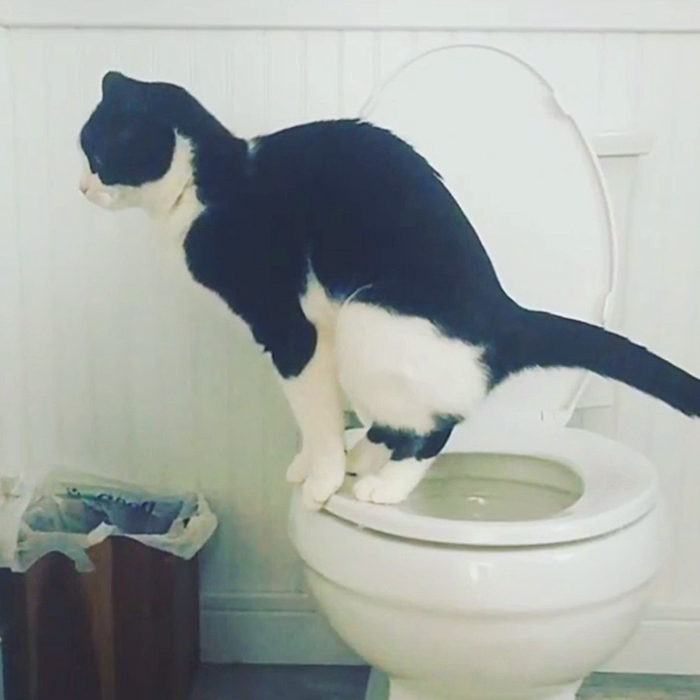Avoid Flush Cat Poop Down Your Toilet - Maintain Your Home's Pipe System
Avoid Flush Cat Poop Down Your Toilet - Maintain Your Home's Pipe System
Blog Article
What're your ideas regarding Can You Flush Cat Poo or Litter Down the Toilet??

Introduction
As cat proprietors, it's important to bear in mind how we dispose of our feline buddies' waste. While it might seem practical to purge cat poop down the toilet, this method can have destructive repercussions for both the setting and human wellness.
Alternatives to Flushing
Thankfully, there are safer and more liable methods to dispose of cat poop. Think about the complying with choices:
1. Scoop and Dispose in Trash
The most usual method of dealing with cat poop is to scoop it into an eco-friendly bag and throw it in the garbage. Make sure to use a dedicated trash inside story and dispose of the waste immediately.
2. Usage Biodegradable Litter
Opt for naturally degradable cat trash made from products such as corn or wheat. These clutters are eco-friendly and can be securely thrown away in the garbage.
3. Hide in the Yard
If you have a yard, take into consideration burying cat waste in a designated location far from veggie gardens and water sources. Be sure to dig deep adequate to avoid contamination of groundwater.
4. Install a Pet Waste Disposal System
Purchase a family pet garbage disposal system specifically developed for pet cat waste. These systems utilize enzymes to break down the waste, lowering odor and ecological impact.
Health Risks
In addition to ecological problems, purging cat waste can also present health and wellness dangers to humans. Feline feces may consist of Toxoplasma gondii, a bloodsucker that can trigger toxoplasmosis-- a possibly serious ailment, specifically for pregnant ladies and people with weakened body immune systems.
Environmental Impact
Purging cat poop presents damaging virus and parasites into the water supply, posturing a considerable risk to aquatic environments. These impurities can adversely impact marine life and compromise water quality.
Conclusion
Responsible pet possession expands past giving food and sanctuary-- it likewise involves proper waste monitoring. By avoiding flushing pet cat poop down the commode and selecting alternative disposal approaches, we can decrease our environmental impact and secure human health.
Why Can’t I Flush Cat Poop?
It Spreads a Parasite
Cats are frequently infected with a parasite called toxoplasma gondii. The parasite causes an infection called toxoplasmosis. It is usually harmless to cats. The parasite only uses cat poop as a host for its eggs. Otherwise, the cat’s immune system usually keeps the infection at low enough levels to maintain its own health. But it does not stop the develop of eggs. These eggs are tiny and surprisingly tough. They may survive for a year before they begin to grow. But that’s the problem.
Our wastewater system is not designed to deal with toxoplasmosis eggs. Instead, most eggs will flush from your toilet into sewers and wastewater management plants. After the sewage is treated for many other harmful things in it, it is typically released into local rivers, lakes, or oceans. Here, the toxoplasmosis eggs can find new hosts, including starfish, crabs, otters, and many other wildlife. For many, this is a significant risk to their health. Toxoplasmosis can also end up infecting water sources that are important for agriculture, which means our deer, pigs, and sheep can get infected too.
Is There Risk to Humans?
There can be a risk to human life from flushing cat poop down the toilet. If you do so, the parasites from your cat’s poop can end up in shellfish, game animals, or livestock. If this meat is then served raw or undercooked, the people who eat it can get sick.
In fact, according to the CDC, 40 million people in the United States are infected with toxoplasma gondii. They get it from exposure to infected seafood, or from some kind of cat poop contamination, like drinking from a stream that is contaminated or touching anything that has come into contact with cat poop. That includes just cleaning a cat litter box.
Most people who get infected with these parasites will not develop any symptoms. However, for pregnant women or for those with compromised immune systems, the parasite can cause severe health problems.
How to Handle Cat Poop
The best way to handle cat poop is actually to clean the box more often. The eggs that the parasite sheds will not become active until one to five days after the cat poops. That means that if you clean daily, you’re much less likely to come into direct contact with infectious eggs.
That said, always dispose of cat poop in the garbage and not down the toilet. Wash your hands before and after you clean the litter box, and bring the bag of poop right outside to your garbage bins.
https://trenchlesssolutionsusa.com/why-cant-i-flush-cat-poop/

As a serious person who reads on How to Dispose of Cat Poop and Litter Without Plastic Bags, I thought sharing that topic was smart. Sharing is good. Helping people is fun. Thank-you for going through it.
Call Today Report this page